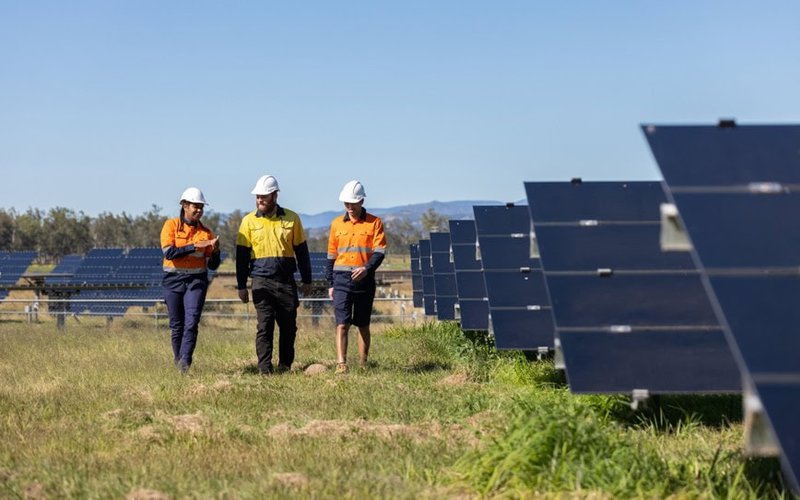You probably didn’t hear it on the news but this week Australia took a vital first step towards being powered fully by renewable energy.
The first stage of a new transmission line was finally hooked up and will eventually become the key to South Australia hitting 100% renewable power by the end of 2027.
This is the first stage of Project EnergyConnect, which is the country’s largest energy transmission project and runs 135 km from Robertstown in South Australia to Buronga in NSW, with a 24 km spur link to Red Cliffs in Victoria.
At this stage the line will allow for an extra 150 megawatts (MW) of electricity to be exchanged between South Australia and its neighbouring states but once the second stage is complete and connected as far as Wagga Wagga, that transfer capacity will be boosted to 800 MW.
Greater interconnecting capacity between states
That means that South Australia will be able to import up to 750 MW at any one time, and export up to 700 MW, increasing to more than 1.3 GW in either direction in late 2027.
In simple terms this will transform the power system within Australia and enable us to move closer to 100% renewable power across the country and to phase out gas peaking plants earlier than would otherwise be the case.
The reason this is so significant is that until now the interconnectors between the states have been small and easily clogged, meaning that one state might be awash with excess solar and wind power but can’t send it to another state that might be spinning an old coal generator for power instead.
Renewables already dominate production in South Australia
Already South Australia is the most advanced state for renewable power and in the past year renewables have supplied 72% of its needs – a figure that could have been much higher except for a lack of sufficient storage and transmission capacity.
The new transmission link will now allow excess wind and solar to be exported to Victoria and NSW, and for more power to come back when needed in South Australia.
While South Australia obviously uses less power than the more populous states, if it can achieve fully renewable power it will show that the other states can achieve it as well.
What’s more, down the track power prices will start to come down as there is more renewable energy added along with storage to firm up power during peak times.
Higher transmission line prices one downside
The bad news, if there is any, is that the cost of building parts of this line has blown out and future transmission lines may also come in more expensive than expected.
That will encourage the use of connections between existing local networks which may be able to act as a conduit for interstate transmission for a lower price.
Even with the increasing cost of transmission lines, the introduction of more large commercial renewable projects into the grid is likely to continue dropping the price of power and allow a lot more storage to be used to smooth out demand peaks.
